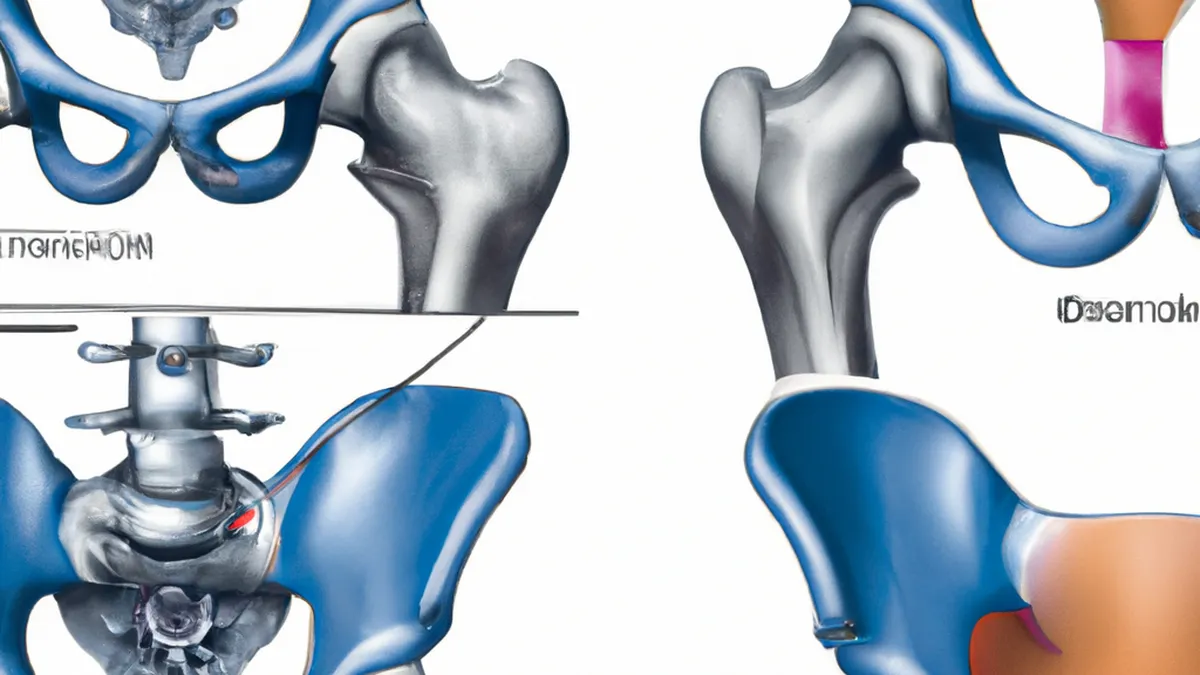Recognizing Groin Strain Severity Levels
Groin Strain Grading: Differentiating Mild, Moderate, and Severe Injuries
Athletes and active individuals often experience groin strains. These injuries occur when inner thigh muscles stretch or tear. Understanding groin strain grading helps you recognize injury severity. This knowledge enables you to seek appropriate treatment and recovery strategies. This blog post will explore mild, moderate, and severe groin strains.
Understanding Groin Strains
Groin strains typically happen during sudden movements, like sprinting or changing direction. Overstretching your groin muscles risks tearing them. The tear’s degree defines the strain’s grade. Knowing your strain’s grade helps determine your treatment plan and recovery time.
Mild Groin Strain
A mild groin strain, or Grade I strain, involves small muscle fiber tears. Symptoms include slight pain and tenderness in the groin. You may also notice minor swelling. Fortunately, most people can continue activities with minimal discomfort.
Symptoms of a Mild Strain:
– Slight pain during movement.
– Minor swelling or tenderness.
– No significant loss of strength.
Most mild groin strains heal within two weeks. Rest, ice, compression, and elevation (RICE) usually suffice for treatment.
Moderate Groin Strain
A moderate groin strain, or Grade II strain, involves more significant muscle fiber tears. Symptoms include moderate pain, swelling, and difficulty moving the leg. You might also see bruising in the affected area. Unlike a mild strain, a moderate strain limits your ability to perform regular activities.
Symptoms of a Moderate Strain:
– Moderate pain, especially during movement.
– Noticeable swelling and bruising.
– Reduced strength and mobility.
Recovery typically takes three to six weeks. Treatment may involve rest, physical therapy, and possibly anti-inflammatory medications.
Severe Groin Strain
A severe groin strain, or Grade III strain, is the most serious type. This injury involves a complete tear of the groin muscle. Symptoms can be intense and debilitating. You may experience severe pain, extreme swelling, and a complete loss of leg function.
Symptoms of a Severe Strain:
– Severe pain that prevents movement.
– Significant swelling and bruising.
– Complete loss of strength in the groin area.
Recovery from a severe groin strain can take several months. In some cases, surgery may be necessary to repair the torn muscle.
Tips for Managing Groin Strains
Recognizing groin strain symptoms is crucial. If you suspect an injury, assess its severity. Identify whether it is mild, moderate, or severe. This knowledge helps you choose the right treatment path.
– **Start with Rest**: Rest is essential for all grades of groin strains. Avoid activities that worsen the pain.
– **Apply Ice**: Use ice packs on the affected area for 15-20 minutes every few hours. This reduces swelling and pain.
– **Use Compression**: A compression bandage can control swelling and support the injured area.
– **Elevate the Injury**: Keep the leg elevated to reduce swelling. Prop your leg up on pillows while resting.
Advice for Recovery
Recovery varies based on strain severity. Always listen to your body during healing. If you experience increased pain, consult a healthcare professional.
– **Gradual Return to Activity**: Once symptoms improve, gradually resume activities. Start with low-impact exercises before high-intensity sports.
– **Physical Therapy**: Work with a physical therapist. They can create a tailored rehabilitation program for your needs.
– **Strengthening Exercises**: Incorporate strengthening exercises when you feel ready. This helps prevent future injuries.
Benefits of Understanding Groin Strain Grading
Recognizing groin strain grades can significantly impact recovery. Knowing your injury’s severity allows better decision-making regarding treatment options. Understanding your injury helps set realistic recovery timelines.
– **Enhanced Recovery**: Using the correct treatment based on strain grade speeds up recovery.
– **Reduced Risk of Re-injury**: Education on groin strains helps prevent future injuries by addressing muscle weaknesses.
– **Informed Decisions**: Knowledge about your injury enables you to make informed choices regarding physical activities.
Conclusion
Differentiating between mild, moderate, and severe groin strains is essential for effective treatment. Understanding your injury’s severity helps you take the right recovery steps. Whether dealing with a mild strain needing minimal care or a severe strain requiring surgery, knowing your limits is vital. Prioritize rest and rehabilitation to return to activities stronger and healthier.
Below are related products based on this post:
FAQ
What are the symptoms of a mild groin strain?
A mild groin strain, or Grade I strain, typically presents with slight pain during movement, minor swelling or tenderness, and no significant loss of strength. Most individuals can continue their activities with minimal discomfort, and these strains generally heal within two weeks with appropriate rest and care.
How long does it take to recover from a moderate groin strain?
Recovery from a moderate groin strain, or Grade II strain, usually takes three to six weeks. Symptoms may include moderate pain, noticeable swelling and bruising, and reduced strength and mobility. Treatment often involves rest, physical therapy, and possibly anti-inflammatory medications.
What treatment options are available for a severe groin strain?
A severe groin strain, or Grade III strain, involves a complete tear of the groin muscle and can lead to intense pain, significant swelling, and a complete loss of function. Recovery can take several months and may require surgery to repair the torn muscle. It’s crucial to consult a healthcare professional for an appropriate treatment plan.















Post Comment